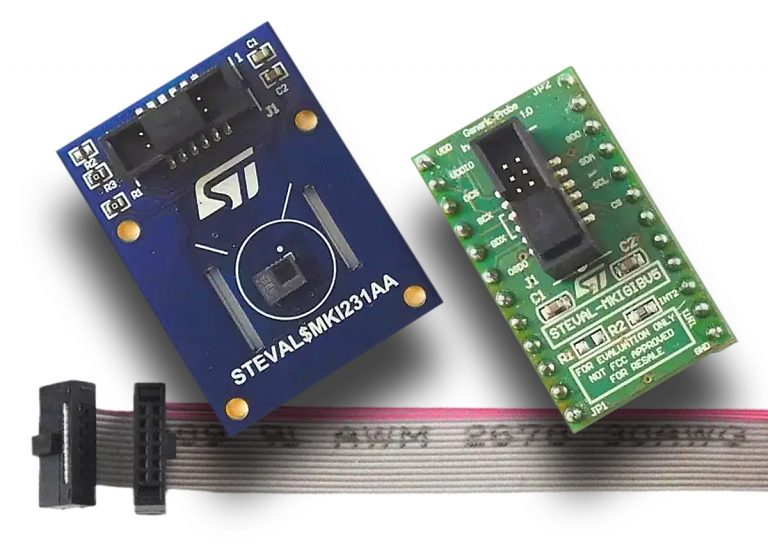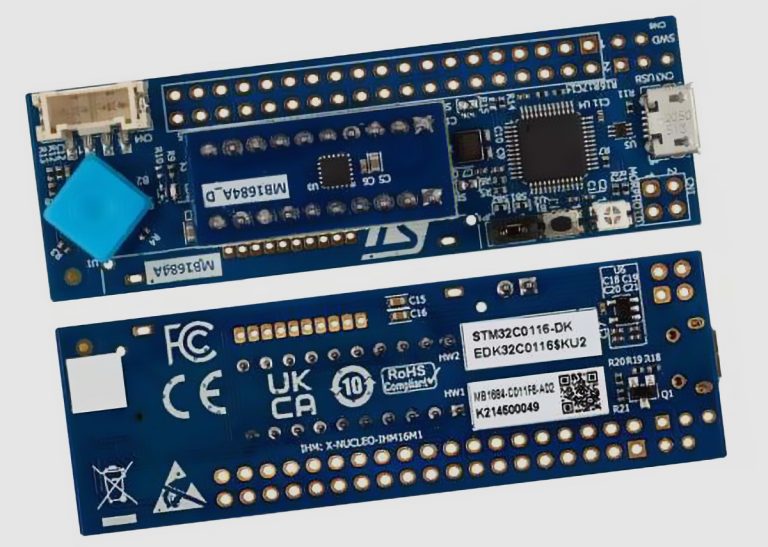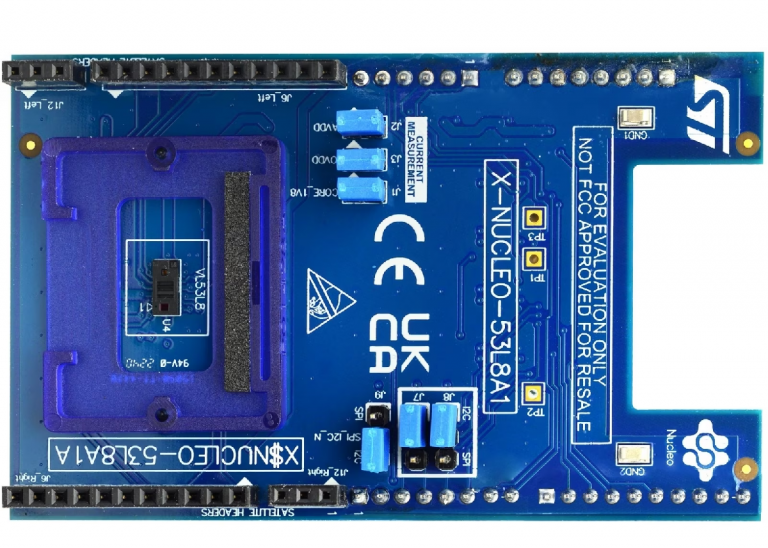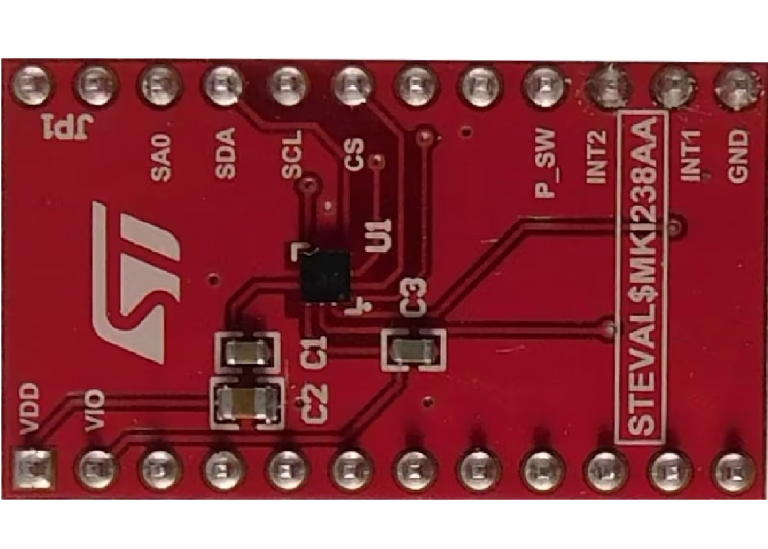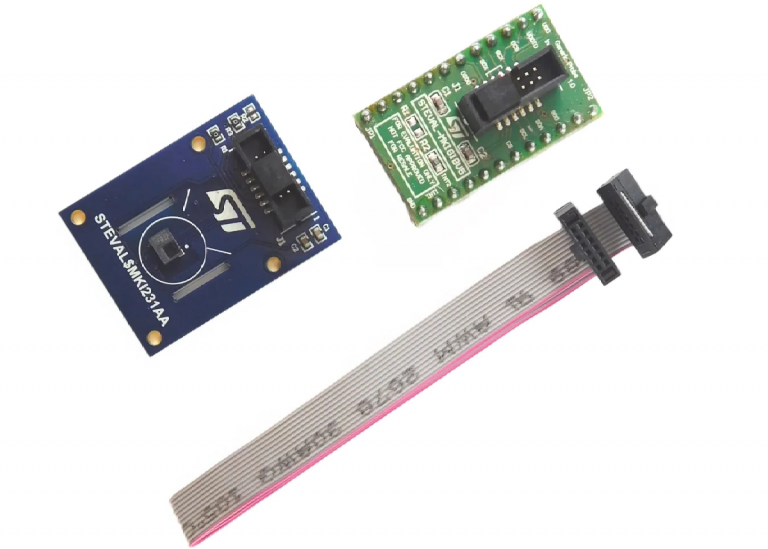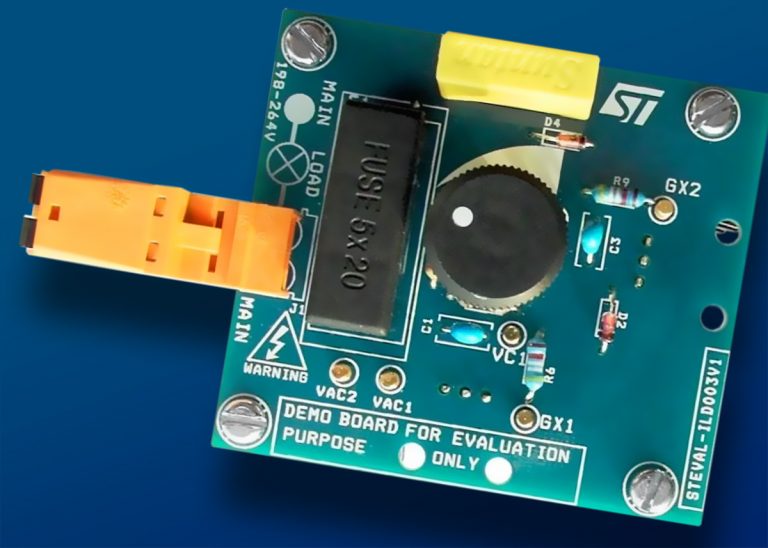
The STEVAL-ILD003V1 demonstration board implements a low-cost analog dimmer using the TS820-600FP, a sensitive-gate silicon-controlled rectifier (SCR) thyristor. The dimmer can drive typical low-power lamps such as compact fluorescent or dimmable LED lights.
Through-hole technology is used for the most important components, such as an LC filter, gate resistor, and turn-on delay capacitor, to allow for modification of the board.
The STEVAL-ILD003V1 eliminates flickering thanks to its continuous current applied through the sensitive SCR gate. This dimmer could easily replace a standard low-cost analog triac light dimmer using a diac-controlled circuit.
The STEVAL-ILD003V1 is for use in Europe at a mains voltage of 220 V. A 110 V version, the STEVAL-ILD003V2, is for use in North America.
Key features:
- For 2-wire wall dimmers
- Leading-edge control compatible with all lamp types commonly found on the market
- Dimmable power range: 3 W to 350 W
- 60°C maximum ambient temperature
- Higher than 99% power efficiency at 350 W/230 V
- Less than 0.5 W standby power losses


